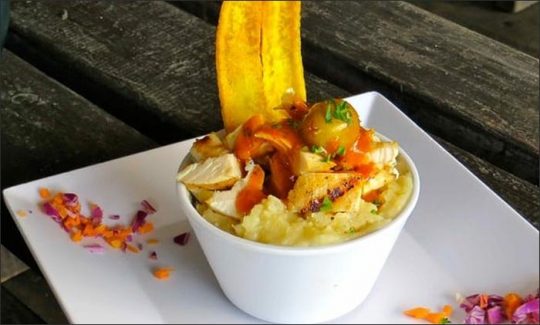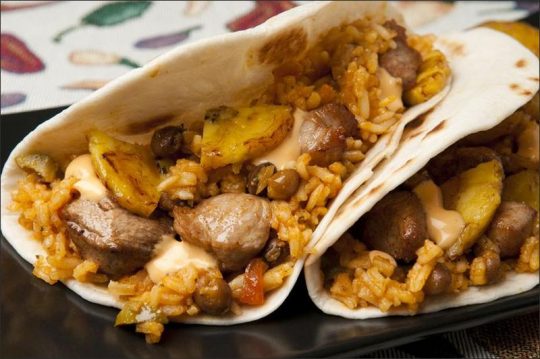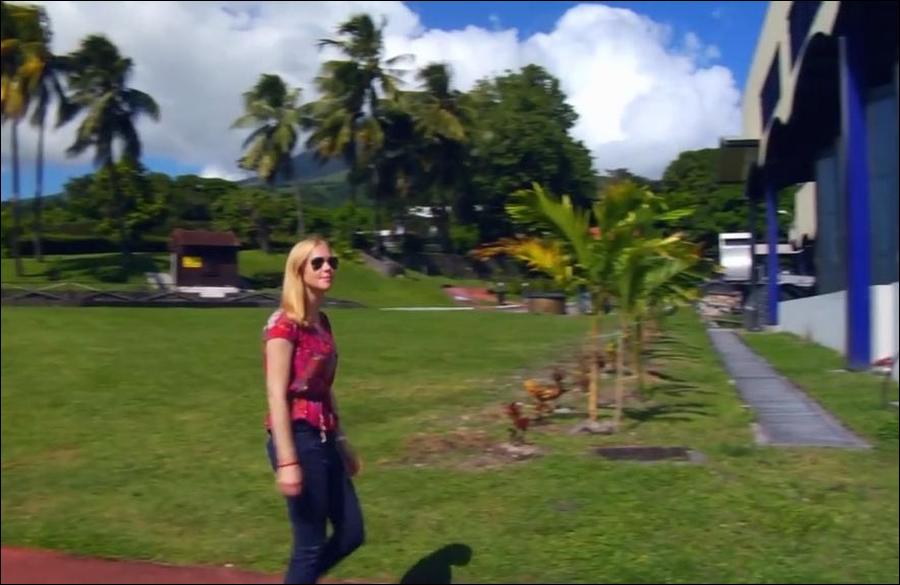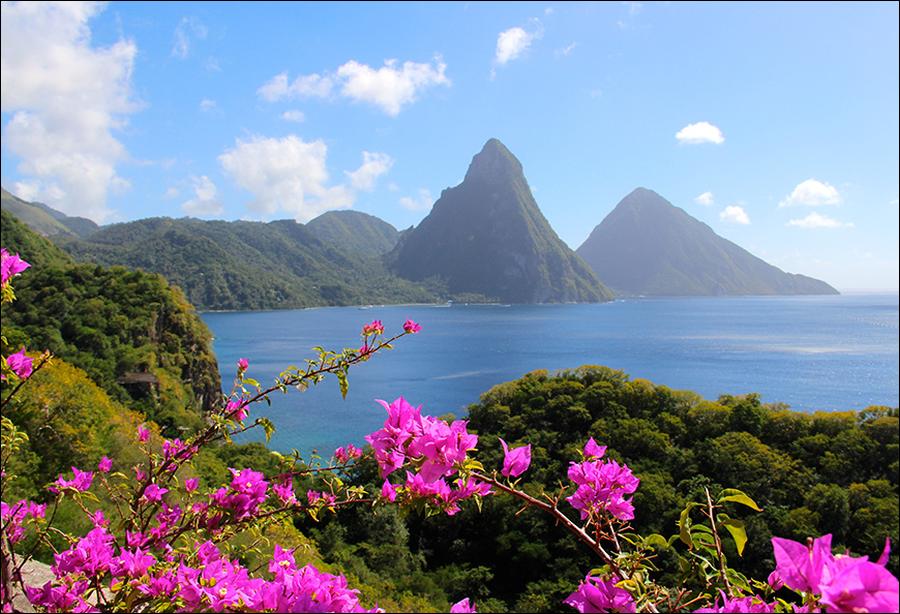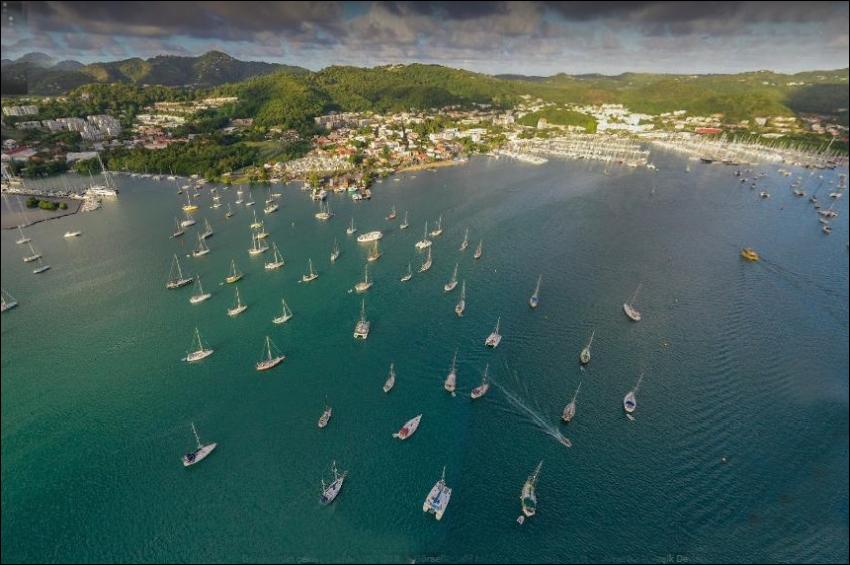The Ocean Park district of San Juan, Puerto Rico’s capital, has gone from has-been to happening hub, and is now home to new yoga studios, vintage shops and trendy restaurants and bars.
ld San Juan is a visual delight, with narrow hilly streets of blue cobblestones lined with brightly coloured 16th- and 17th-century buildings, mostly within the old city walls, behind the forts of San Felipe and San Cristóbal. Its churches and palaces are mostly interspersed with tacky gift shops aimed at the thousands of cruise-ship visitors who descend every year but, never fear, there’s lots of authentic Puerto Rican life close by.
The Atlantic-facing beaches east of the centre mostly feature high-rise hotels and condos, but pretty Ocean Park (take bus 52 from the station behind Plaza Colón) is an exception. And its grid of leafy streets and low-rise houses just happens to be home to San Juan’s most happening street: Calle Loíza.
Once San Juan’s main shopping venue, it fell into decline in the 1950s with the arrival of US supermarket chains. But this summer things started looking up and it is now home to yoga studios, vintage shops and a huge choice of restaurants and bars. In a tropical downpour, I sheltered in the doorway of La Cueva del Mar at no 1857 and was invited in by a friendly waitress. I sat at the bar for a banging mojito and the best fish taco I’ve ever tasted.
To learn more about the city’s fascinating food culture, I enlisted the help of Spoon Food Tours, set up three years ago by Gustavo Antonetti and Paulina Salach, to offer off-the-beaten-track gastro experiences. Gustavo and I began at a yellow shipping container on Calle Loíza. It looks basic but hides some serious kitchen gear, and turns out food to match.
Called Tresbé (meaning three Bs – bueno, bonito, barato, which translates best as good to eat, good-looking and good value), it was started by Mario Ormaza, who worked in the US with Michelin-starred chef Jean-Georges Vongerichten but moved back to San Juan after the 2008 crash. On benches outside the container, we snacked on grouper ceviche sparkling with oregano, papaya and quenepa (Spanish lime) flavours, served with a quintessential Puerto Rican treat: crisp, moreish plantain tostones.
The tour also took in cocktails at the city’s liveliest nightlife spot – La Placita in the Santurce district, which is a farmers’ market by day and party central by night, with clubs and salsa bars open till dawn – plus top coffee spot Cafe Don Ruiz, which uses beans from its own farm and is setting up a small coffee museum, and high-end tapas by chef Rafael Alamo at Hotel El Convento in Old San Juan.
But the most fascinating eating was at a place far more basic than the container: east of the city, Piñones is a village settled by freed slaves at the end of the 1700s. Its laid-back, rustic feel and cycle paths by the beach and forest make it a popular weekend venue for young Sanjuaneros, and its main road is lined with shacks where descendants of those slaves sell local fare, such as salt cod fritters and croquettes of mashed roots stuffed with prawns, all fried (over wood fires), all pretty bad for you, and all delicious.
There was healthier fare at Dreamcatcher Guesthouse, one block from the beach in Ocean Park. Sylvia de Marco was one of the pioneers of Calle Loíza’s renaissance, opening her vegetarian haven in 2012 and festooning it with hammocks, plants, buddhas, candles and, yes, dreamcatchers. The vibe is resolutely new-agey: you’re thanked for “sharing your energy in our home and being part of the beautiful menagerie that creates the Dreamcatcher”. And while guests can cook their own (meat-free) food in the two kitchens, it also has a chef, the talented Jerome Valencia, whose daily three-course veggie breakfasts are more luxy than hippy: pumpkin porridge with papaya and nuts, then scrambled eggs on portabella mushrooms with spinach, cheese and guava salsa, and indulgent chocolate and avocado mousse.
